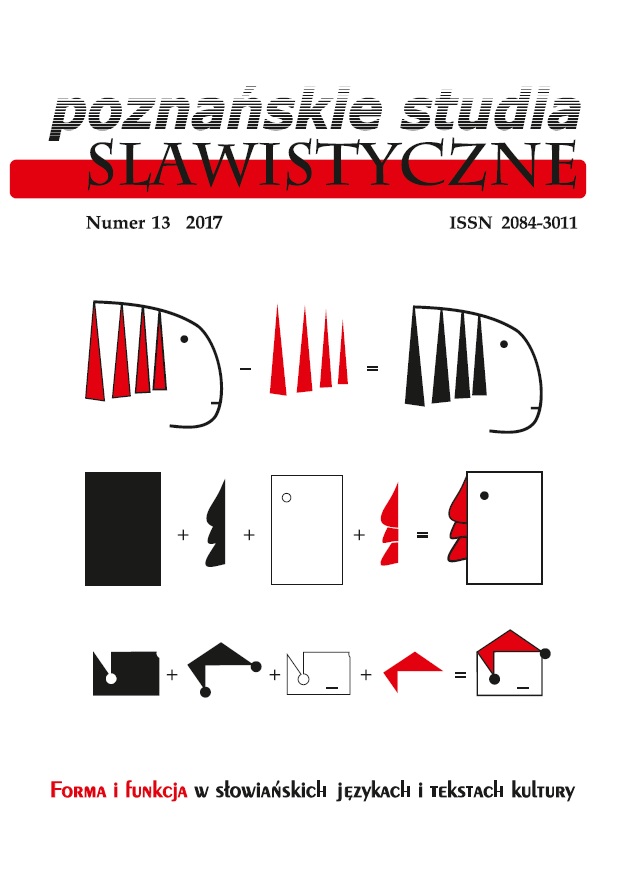„Свештеничка од Марвинци” или „впрегната сопруга”? За семиотиката на железнодобните псалии од кругот на „македонските бронзи”
A “Priestesses from Marvinci” or a “Harnessed Wife”? Semiotics of the Iron Age Cheek-Pieces from the Group of “Macedonian Bronzes”
Author(s): Nikos ChausidisSubject(s): Studies of Literature
Published by: Uniwersytet im. Adama Mickiewicza w Poznaniu
Keywords: Iron Age; Macedonian bronzes; semiotics of a rider; harness; reins; horse; mare; husband and wife; “Skopje 2014”
Summary/Abstract: The main reason for this study are the bronze objects found on the body of a woman (supposedly a “priestess”) from an Iron Age grave (VII century BC) from Marvinci in the Republic of Macedonia. There has also been a bronze statue recently presented in a public space in Skopje, as a contemporary art interpretation of this archeological finding. The main focus of this article is a semiotic analysis of arch-shaped bronze elements from this grave. Based on the form of similar finds from europe they are defined as cheek-pieces i.e. elements of the reins for horse riding, but in Macedonia they have been used in another function – as female jewelry or as handles of a specific ritual implement. The study suggests overcoming of these contradictions through the following semiotic relations: a girl/mare + equipment for riding = a harnessed mare/wife, i.e. the use of these objects as symbols of a “wild woman” who is transferred from the sphere of “natural” to the sphere of “cultural” through the act of marriage, becoming a “tamed/a domesticated wife”. Within the same relationship the following paradigm is proposed (husband = ruler: wife =subject). Several facts are stated in the argumentation of this relationship: the mythological andritual traditions based on ancient written sources; a ritual tradition of Slavic and Balkan folklore; a Slavic and ancient Greek lexeme with the meaning husband and wife whose etymology is based on the meaning of harnessed. This semiotic relation offers a possible key for the interpretation of the twenty bronze statues of horsemen placed in the last three years in the capital of the Republic of Macedonia, as part of the project “Skopje 2014”.
Journal: Poznańskie Studia Slawistyczne
- Issue Year: 2017
- Issue No: 13
- Page Range: 337-357
- Page Count: 21
- Language: Macedonian

